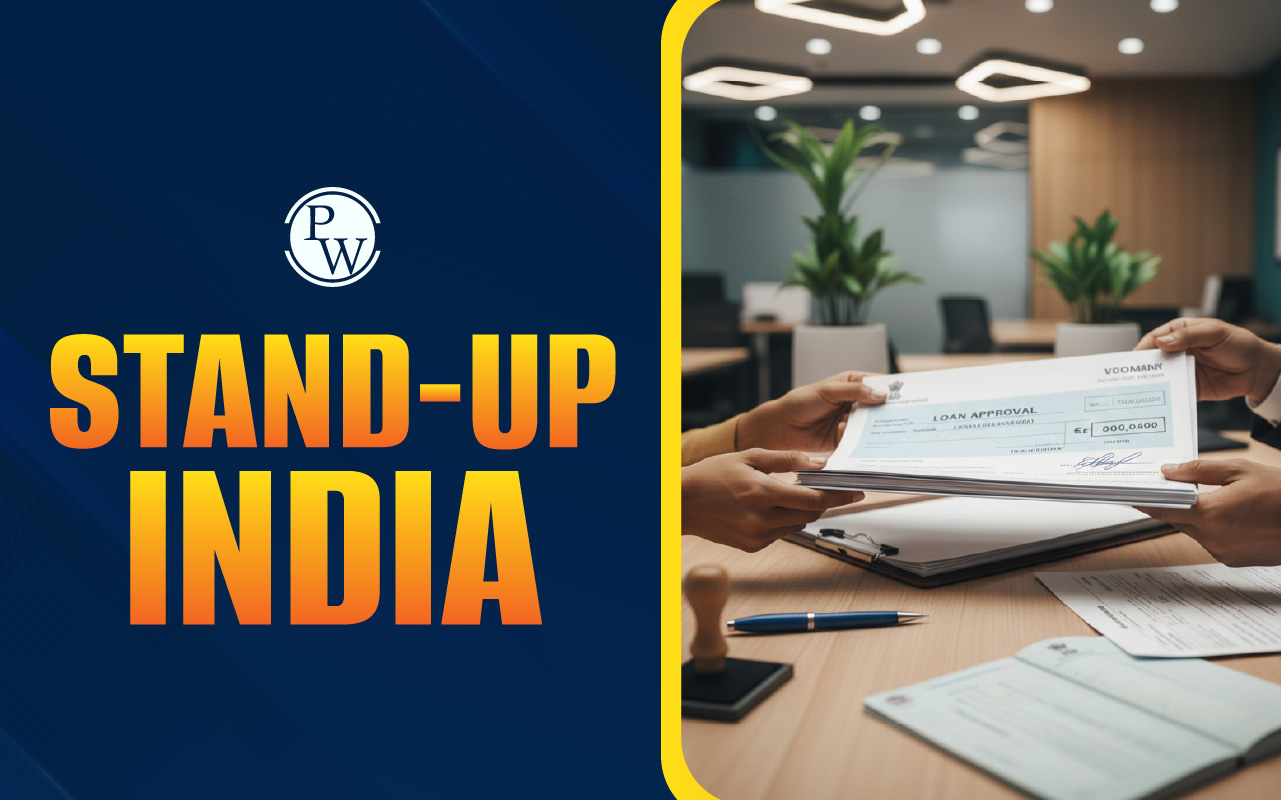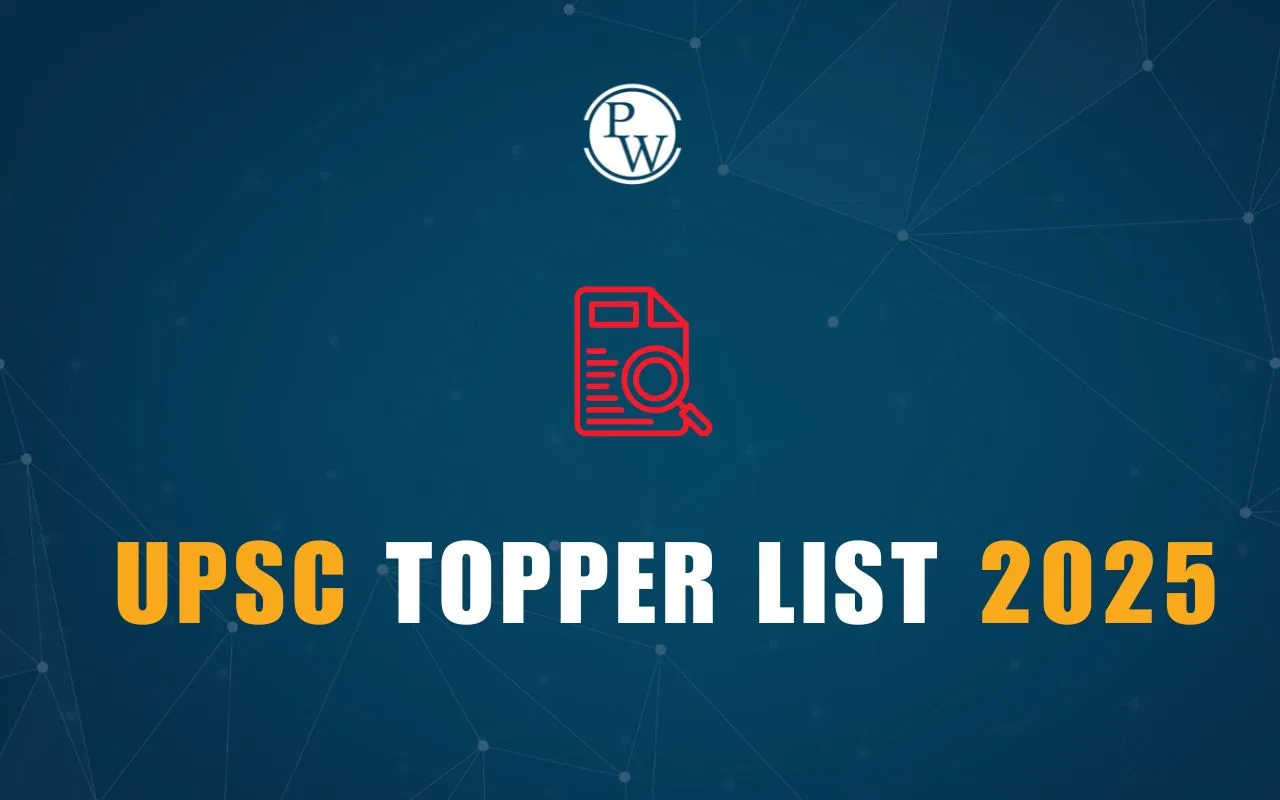
The Anushilan Samiti was a revolutionary organization formed in the early 20th century in Bengal. It aimed to inspire young Indians to fight for independence, including through the use of force if necessary. Operating as a secret society, the Samiti was committed to armed resistance against British colonial rule. Read on to learn more about the Anushilan Samiti!
Anushilan Samiti
Anushilan Samiti was a revolutionary organisation in British India. Founded in the early 20th century in Bengal (Kolkata), the Samiti emerged as a secret society aimed at promoting physical fitness, mental discipline, and armed resistance against colonial rule. Anushilan Samiti got its name from Anushilan-tatva (Theory of Discipline) by Bankim Chandra Chattopadhyay.
It was formed with the idea of making Indian youth physically strong and mentally ready for the freedom struggle. The Samiti believed in armed resistance. The group was mainly active in Bengal, but its influence reached other parts of India too. Over time, it grew into a strong revolutionary force that challenged British authority through secret operations, bombings, and political assassinations.
History of Anushilan Samiti
The roots of Anushilan Samiti go back to 1902, when a group of young nationalists decided to form a society focused on physical training and patriotic education. The official foundation of the Samiti took place in 1902 in Kolkata (then Calcutta). It began as a fitness club but soon turned into a revolutionary group.
It gained momentum during the Partition of Bengal (1905). The Samiti attracted many youths who were angry about British policies. The British government became alarmed at the growing popularity of the group. As a result, many members were arrested, but the Samiti continued to work underground.
In the coming years, it carried out several revolutionary acts like bombings, assassinations of British officials, and the famous Alipore Bomb Case. It had close links with Jugantar, another revolutionary group. Together, they created fear among British officers and gave hope to Indians who wanted freedom.
Objectives of Anushilan Samiti
The primary aim of Anushilan Samiti was to free India from British rule using revolutionary means. The Samiti focused on awakening the masses about India’s freedom, developing physical and mental strength among youth, and creating a disciplined movement. Besides fighting the British, the Samiti also focused on social reforms by instilling a sense of duty towards the motherland.
Anushilan Samiti Founders
Barrister Praanath Mitra was the chief founder of Anushilan Samiti. He was a barrister and a strong believer in self-rule. He worked with Satish Chandra Bose to set up the organisation in 1902.
Satish Chandra Bose was a strong nationalist who believed in direct action against the British. Both leaders saw the need for a secret society that could train youth and prepare them for armed struggle. Their vision laid the foundation for what would become a major revolutionary movement in India.
Anushilan Samiti Key Leaders
Many bold and determined leaders were part of Anushilan Samiti. These leaders played major roles in organising revolutionary acts and inspiring other young Indians. Some of the key names are:
-
Jatindranath Mukherjee (Bagha Jatin): He was one of the most respected leaders of the Samiti. He organised secret cells and collected arms to fight the British.
-
Barindra Kumar Ghosh: A major planner in early revolutionary activities. He was arrested in the Alipore Bomb Case.
-
Sri Aurobindo Ghosh: He was influential in shaping the Samiti’s ideology and inspiring its members.
-
Rashbehari Bose: Known for his daring escape after organising a failed attack on Lord Hardinge.
-
Hemchandra Kanungo: A trained bomb expert who studied revolutionary tactics in Europe.
-
Ullaskar Dutta: Involved in the Alipore Bomb Case.
-
Prafulla Chaki and Khudiram Bose: Brave young revolutionaries who were associated with the Samiti and gave up their lives for the nation.
-
Pulin Behari Das: Worked to expand the Samiti’s influence in East Bengal. He helped set up branches and recruit young volunteers.
These leaders became symbols of courage and sacrifice in India’s freedom movement.
Anushilan Samiti and Jugantar
As Anushilan Samiti grew, some of its members formed a new group called Jugantar centered in Calcutta, while others formed the Dhaka Anushilan Samiti. Jugantar published a weekly paper that spread revolutionary ideas. The paper was soon banned by the British government. The Jugantar group was mainly associated with revolutionary activities like collecting weapons, training in bomb-making, and targeting British officials.
Anushilan Samiti’s Role in Freedom Movement
The Samiti played a significant role in India’s fight for independence. It introduced the idea that armed struggle was a valid path to independence. Here are some important roles played by Anushilan Samiti:
-
Armed Resistance: Carried out bombings, assassinations, and sabotage to challenge British authority and spread fear among colonial officials.
-
Military Training: Members were trained in physical fitness, self-defense, and bomb-making. Hemchandra Kanungo notably learned explosives techniques in Paris.
-
Spreading Revolutionary Ideas: Published newspapers like Jugantar and distributed pamphlets promoting patriotism, rebellion, and self-sacrifice.
-
Widespread Network: Established over 500 branches, especially in East Bengal, many of which operated as covert centers for planning revolutionary acts.
-
Notable Attacks: Involved in high-profile actions like the attempted assassination of British judge Kingsford by Khudiram Bose and Prafulla Chaki.
-
Collaboration with Other Groups: Partnered with organizations like the Hindustan Republican Association to expand the revolutionary movement across India.
-
Cultural Nationalism: Promoted national pride through religious symbols and the idea of serving the Motherland as a sacred duty.
Decline of Anushilan Samiti
After 1915, the strength of Anushilan Samiti began to fade. The reasons for its decline were many. British intelligence had become stronger and managed to arrest many key leaders. The organisation faced heavy crackdowns and a loss of funds.
The Alipore Bomb Case, followed by the failed German Plot during World War I, led to mass arrests. Another reason was the rise of new movements led by Mahatma Gandhi, who believed in non-violence and mass participation. Many youth shifted from revolutionary ideas to Gandhian methods.
Though the Samiti continued in some form till the 1930s, it never regained its earlier strength. However, its legacy lived on. The courage of its members continued to inspire future generations of freedom fighters.
Want to learn in detail about Indian History? Explore PW’s UPSC Online Courses and start your journey to success today!
Anushilan Samiti FAQs
Q1. When was the Anushilan Samiti founded?
Q2. Who were the main founders of the Samiti?
Q.3 Anushilan Samiti of Dacca was founded by whom?
Q.4 What were the main activities of the Samiti?
Q.5 What major event is linked to Anushilan Samiti?









